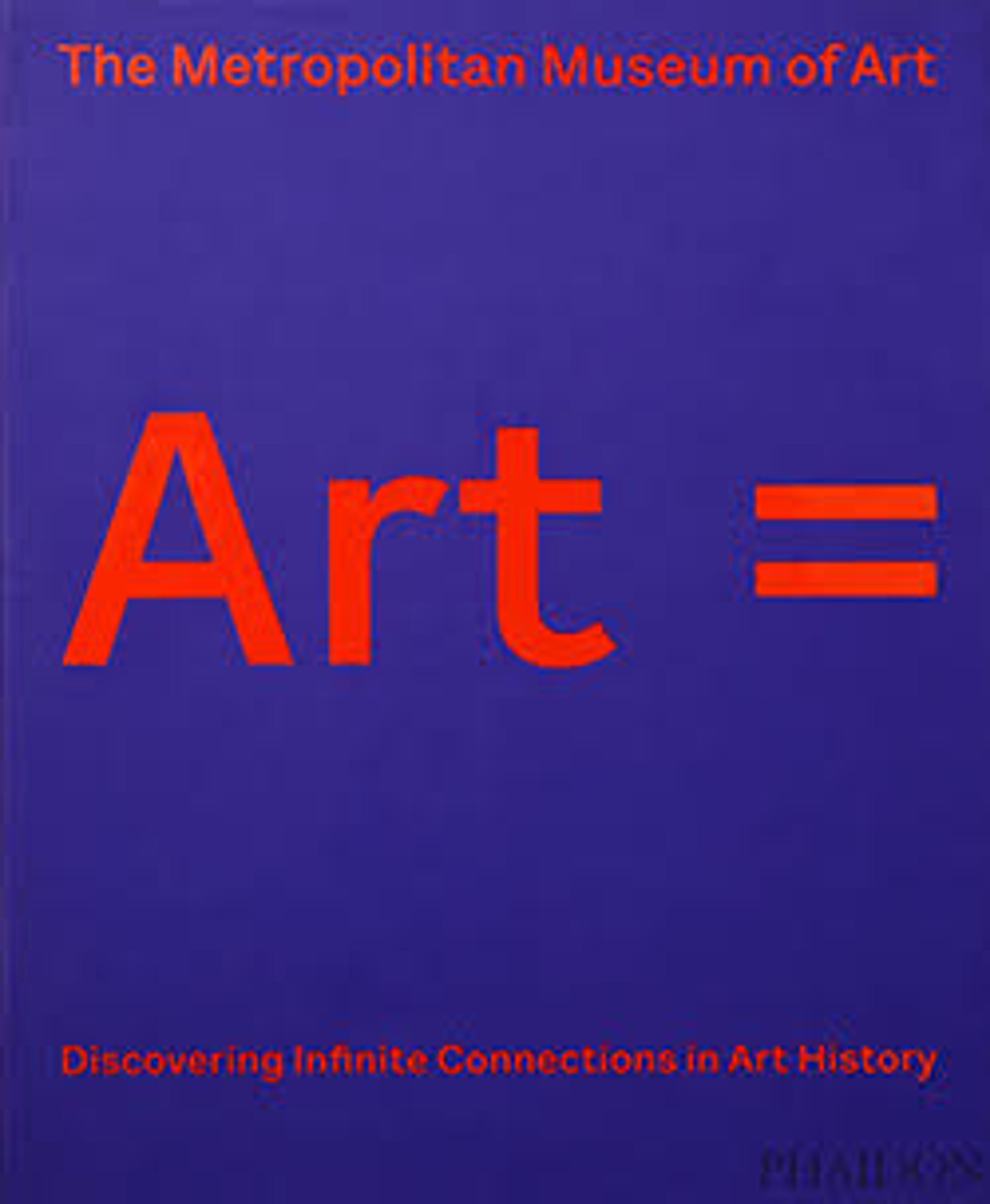Damascus Room
The Damascus Room, like most winter reception rooms (qa'as) of its time, is divided into two areas: a raised, square seating area (tazar) and a small antechamber ('ataba) entered through a doorway from a courtyard. The opening from which visitors view the room today would originally have been a wall with a cupboard. (The cupboard doors are now mounted in the passageway leading to the room.)
Wealthy Damascene homeowners periodically refurbished reception rooms in accordance with shifting trends and tastes in interior decoration. Therefore, houses in the old city of Damascus as well as their interiors rarely date to a single building phase. Although the inscription dates most of the woodwork elements in the room to A.D. 1707, alterations were made to the room in the subsequent three centuries.
The woodwork’s relief decoration is made of gesso covered with gold leaf, tin leaf with tinted glazes, and bright egg tempera paint. Known as 'ajami, this characteristic Ottoman-Syrian technique and style creates a rich texture with varied surfaces that are responsive to changes in light.
The palette of the 'ajami decoration was originally much more colorful and more varied than it appears today. Periodically the surfaces were coated with a layer of varnish as a form of maintenance. Over time, subsequent coats of varnish have darkened, muting the colorful surfaces in the Damascus Room.
The Damascus Room is decorated with forty stanzas of poetry.
Artwork Details
- Title:Damascus Room
- Date:dated 1119 AH/1707 CE
- Geography:From Syria, Damascus
- Medium:Wood (poplar) with gesso relief, gold and tin leaf, glazes and paint; wood (cypress, poplar, and mulberry), mother-of-pearl, marble and other stones, stucco with glass, plaster ceramic tiles, iron, brass
- Dimensions:Overall:
H. 264 7/16 in. (671.6 cm)
W. 200 1/2 in. (509.2 cm)
D. 316 5/8 in. (804.2 cm)
From inside front entrance to back wall:
H. 316 5/8 in. (804.2 cm)
Fountain:
H. 4 15/16 in. (12.5 cm) - Classification:Wood
- Credit Line:Gift of The Hagop Kevorkian Fund, 1970
- Object Number:1970.170
- Curatorial Department: Islamic Art
Audio
6763. Damascus Room
WALTER DENNY: This beautiful room was created originally for an upper-class dwelling in Damascus, Syria, in the 18th Century. This is a reception room, a beautiful room that was designed to impress visitors and to provide the people who owned the house with a luxurious place where they could retreat from the outside world, enjoy music, enjoy good food and the company of their guests. As you can see, it's on two levels; the lower level, and the upper level, where the walls are lined with cushions, these low cushions from which we get our words ‘sofa’ and ‘divan’ in various Islamic languages. All the senses were engaged in this room – the sound of the water in the playing fountain, the smell perhaps of incense in an incense burner or vases of flowers that would have been kept…in the built-in shelves in the walls. Flowers bloom on the walls of this room every month of the year. The poetry, represented in inscriptions in the room, not only calls on blessings on the owner but also recalls in the poem the gardens of Paradise, the flowers of Paradise, making this room in effect a metaphor for heaven on earth. Living well has been an important part of every great civilization. And in this, Islam is no exception.
Listen to more about this artwork
More Artwork
Research Resources
The Met provides unparalleled resources for research and welcomes an international community of students and scholars. The Met's Open Access API is where creators and researchers can connect to the The Met collection. Open Access data and public domain images are available for unrestricted commercial and noncommercial use without permission or fee.
To request images under copyright and other restrictions, please use this Image Request form.
Feedback
We continue to research and examine historical and cultural context for objects in The Met collection. If you have comments or questions about this object record, please contact us using the form below. The Museum looks forward to receiving your comments.
